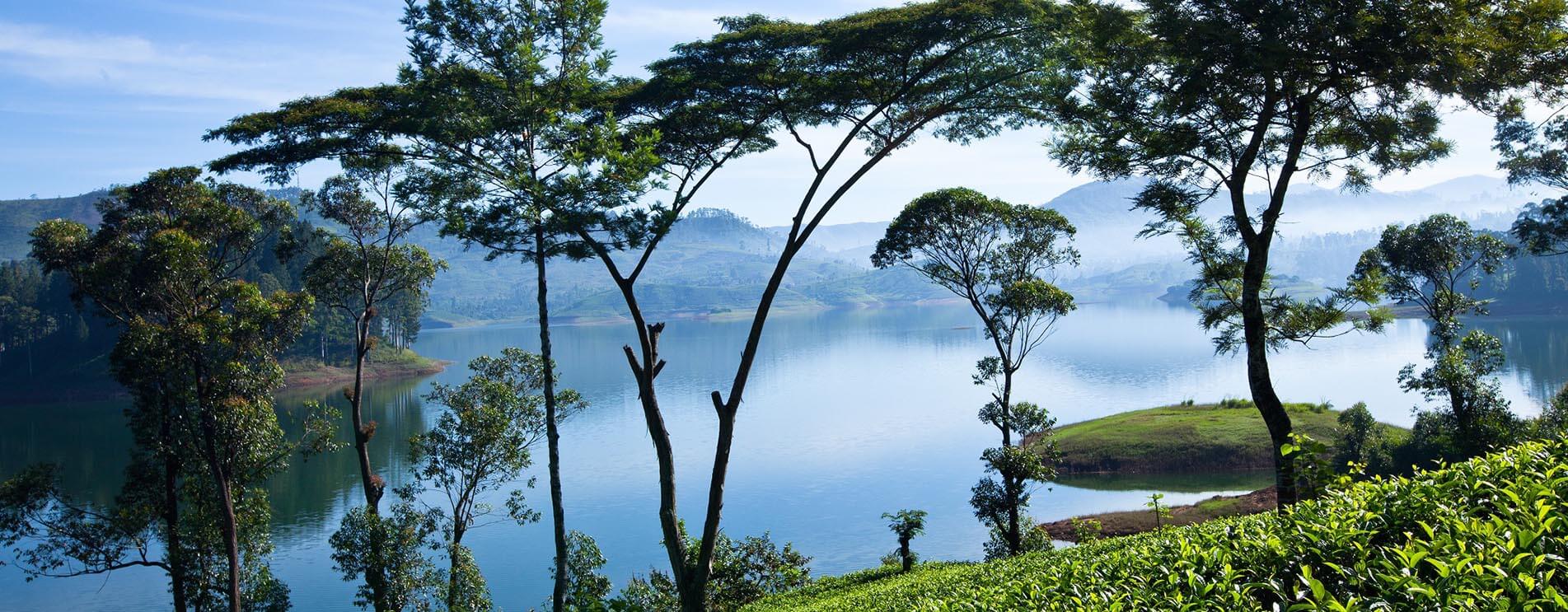
Last week (27-29 September), the North American Tea Conference (NATC) was held in Niagara-on-the-Lake, Ontario. Organized by the Tea and Herbal Association of Canada (THAC), it was the first time the three-day event took place in person since 2019 (organized then by the Tea Association of the USA). The NATC is attended by major global tea brands and suppliers, and offers a multitude of insightful, thought-provoking sessions, and strong networking opportunities.
World tea production (Camellia sinensis, not botanical/herbal teas) has more than doubled in the last 20 years (2001-2021), with black tea production growing at a faster rate than green tea. Most of the growth is coming from Asia and from rising consumption in producing countries. While this should be good news, Ian Gibbs, chairman of the International Tea Committee, shared that while production surged, exports are flat.
Both Gibbs and Jem McDowall, vice president, Universal Commodities Tea Trading, gave valuable, yet alarming presentations on global black tea production and consumption, noting that over the last 10 years, production and consumption have diverged with production continuing to exceed consumption.
“As the gap widens,” said Gibbs, “the pressure on tea grows and prices drop.”
“The balance between supply and demand has become problematic,” said McDowall. “Overall market imports have been flat for 10 years, even showing signs of decline. Globally, supply is increasing but consumption decreasing. Surplus results in supply chains filling up and logistics slowing down,” he shared, adding that there has been sustained pressures on depressed markets for a decade.
Gibbs said that Kenya, China and Uganda are the only countries to have increased their share of the export market, pointing out that 38% of Kenyan tea exports go to Pakistan and 85% of Pakistan’s tea imports come from Kenya.
The supply and demand problems have been spurred by factors such as production in East Africa rising sharply, while black tea imports in Russia and the United Kingdom have fallen. Furthermore, McDowall explained that there is product commoditization and a quality/variety imbalance that is also impacting consumption.
However, I believe a significant problem contributing to the decline black tea consumption, and one that was not discussed during any of the NATC sessions, is the surge in consumption of botanical/herbal teas. Younger consumers like the flavours fruity, floral and spiced teas (botanical/herbal) offer. Tea sales spiked during Covid as consumers actively searched for and purchased functional and wellness teas, especially those that were ‘immune-boosting’, ‘stress-relieving’ and ‘rest-inducing/calming’. The issue here is that many of those ‘teas’, particularly the stress-relieving and rest-inducing/calming varieties, contain no actual Camellia sinensis. So, while global market research firms have touted the global increase in ‘tea consumption’ (tea is the second-most consumed beverage in the world after water), the growth seems to be in botanical/herbal teas, which does not benefit black or green tea production.
If the tea producers were also growing many of the fruits and plants (for florals and spices) it was offset the decrease in demand for black tea, thus they would benefit from the rise in botanical/herbal tea consumption, but this does not seem to be the case (I have no data evidencing this presently but will be investigating further). Add the decline in black tea consumption to problems producers are already facing such as input costs rising and labour shortages, the outlook is far from positive for black tea production moving forward.
Furthermore, McDowall explained that mechanization is growing fast where possible but it is being used for lower quality tea and it aids in putting workers – tea pickers – out of work. “Large-scale producers will likely continue to invest in mechanization, while small-scale [ones] cannot afford to do so, thus squeezing more producers, which will likely result in producers abandoning tea for more profitable crops (avocado, eucalyptus, etc.).
But how to reverse the black tea production and consumption trends, remains to be seen.
Reference: Click Here